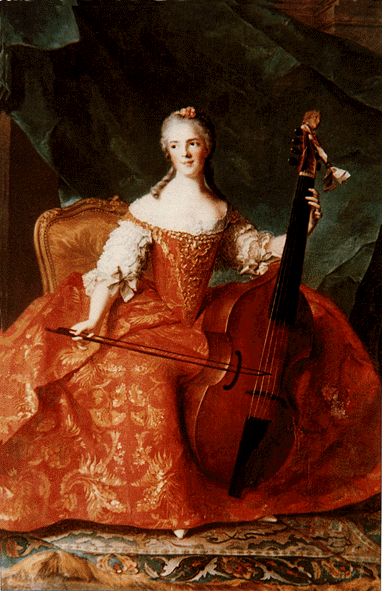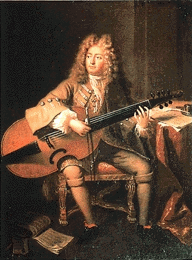
Viola da Gamba


Viola da Gamba



Viola da gamba, or simply viol, is a bowed string instrument that was much in use during the renaissance and baroque periods. They were built in several sizes, and a bass viol looks much like a cello. But the viol has six or seven strings, against the four strings of the cello, the neck is fretted like a guitar, and other constructional details makes the sound and playing technique different from the cello and the violin family.
There were two great periods where the viol and its music flourished. The first of these two was the period of English consort music, in the decades before and after 1600. Lots of music was written for consorts of 3 - 6 viols, from descant down to bass. The music was often introvert and abstract, and has been described as a serious and deep conversation between friends.
The second great period of viol music was a little later, in France, in the latter part of the 17th century and a little into the 18th. Now the bass viol had its heyday. There was written much brilliant solo music for this instrument, and one of the best known of the composers and musicians was Marin Marais (the picture to the right above).
The bass viol also was much in demand as a bass instrument for many kinds of music, until the musical taste changed in the 18th century, and the viol family went out of fashion.
To see some more photos of viols, visit the Gamba gallery.
Tlf.: 33 38 55 72, Fax: 33 38 62 56, E-mail:
Copyright @ 1999, Kåre A. Lie. All rights reserved.